#Morgan library
Explore tagged Tumblr posts
Text

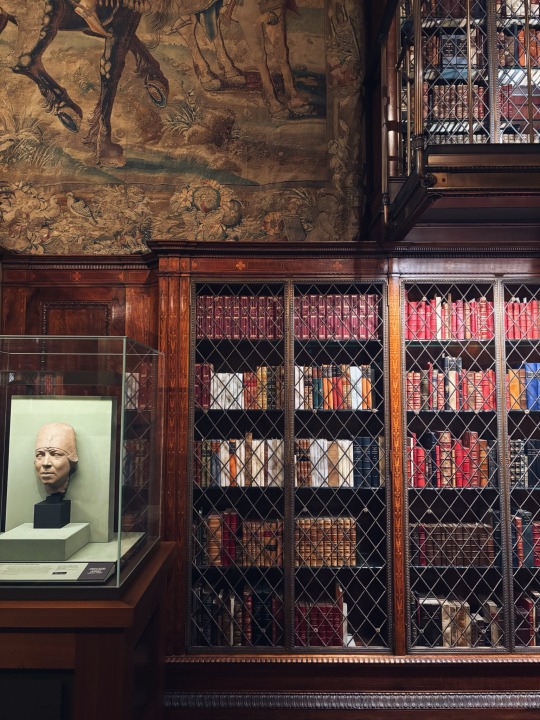
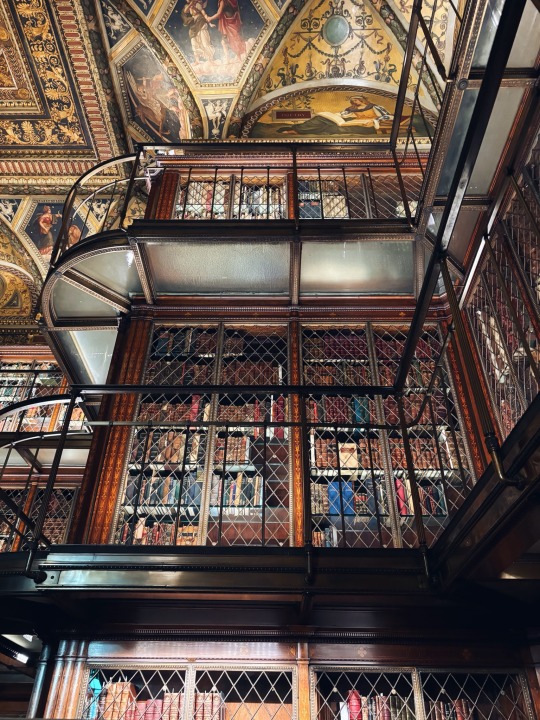

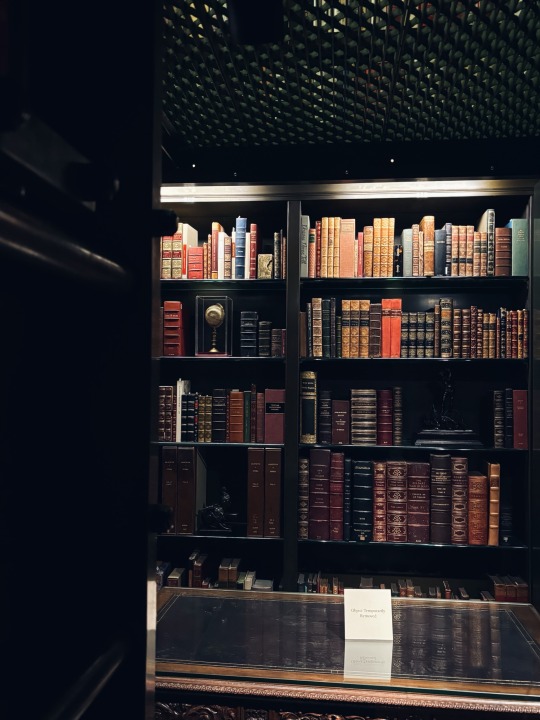
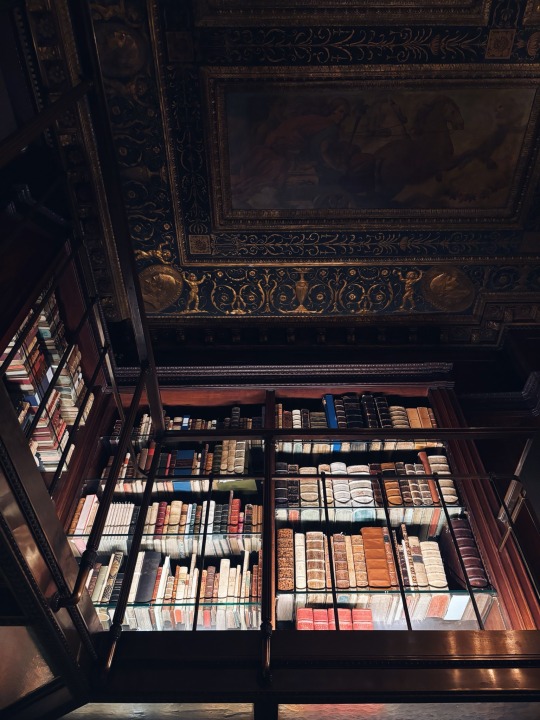
The Morgan Library, New York
#bookblr#books and reading#old books#classic library#antique books#bookshelf#bookworm#books and libraries#dark academia#academia#dark acadamia aesthetic#dark aesthetic#vsco#photography#vscogood#vscocam#aesthetic#vintage aesthetic#morgan library#New York#studygram#studysthetic#studyspiration#study mood#studyblr#studyspo
3K notes
·
View notes
Text








The Book of Marvels: Imagining the Medieval World at the Morgan Library - see these and more at their new exhibition. Details at:
367 notes
·
View notes
Text
#WatercolorWednesday :

Beatrix Potter (English, 1866-1943)
“Terrapin, probably drawn at London Zoo” c.1905
Watercolor, pen & ink, graphite
Seen at “Beatrix Potter: Drawn to Nature” exhibition at The Morgan Library & Museum
#animals in art#20th century art#european art#museum visit#painting#watercolor#turtle#terrapin#beatrix potter#women artists#Watercolor Wednesday#natural history art#scientific illustration#London Zoo#1900s#exhibition#Morgan Library
351 notes
·
View notes
Photo
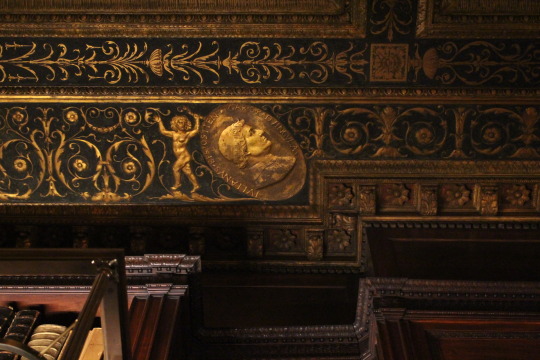
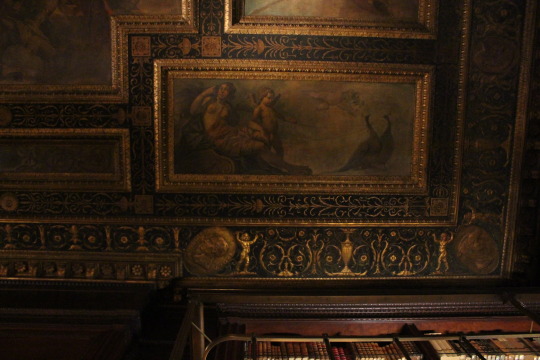
Ceiling details in the Morgan Library
3K notes
·
View notes
Text

Morgan Library & Museum in NY (x)
129 notes
·
View notes
Text
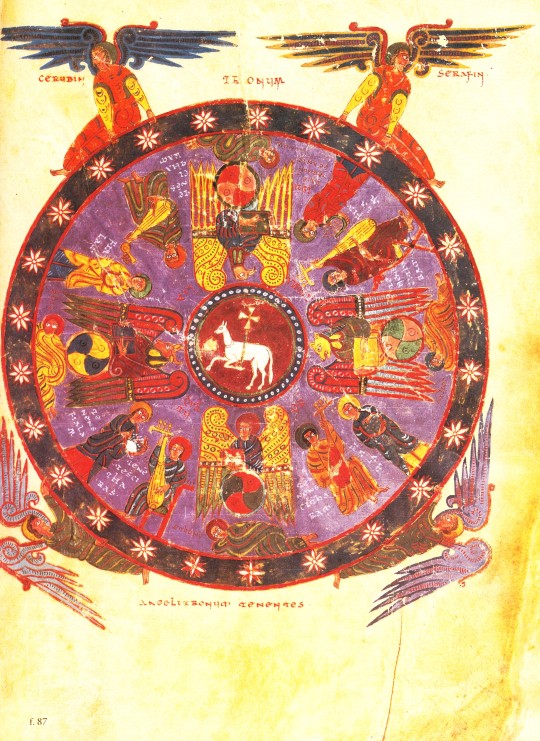

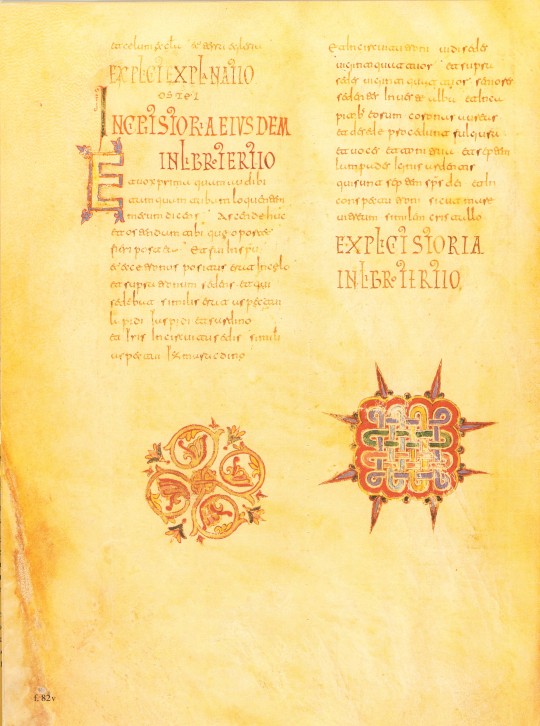
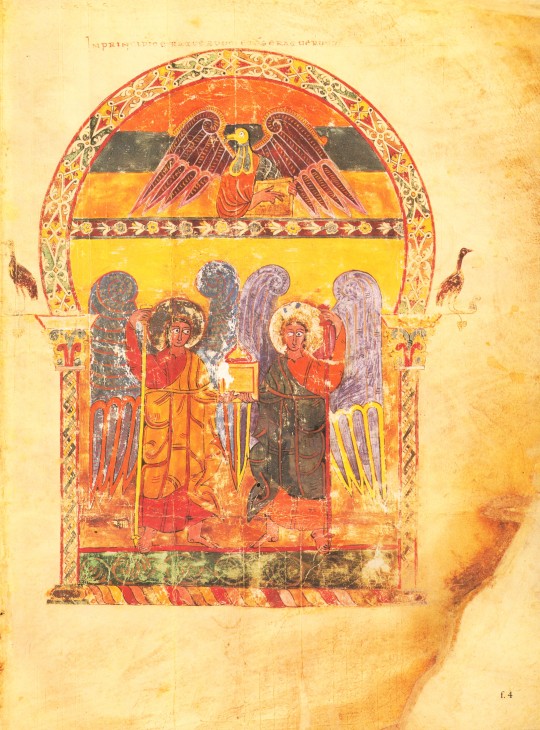

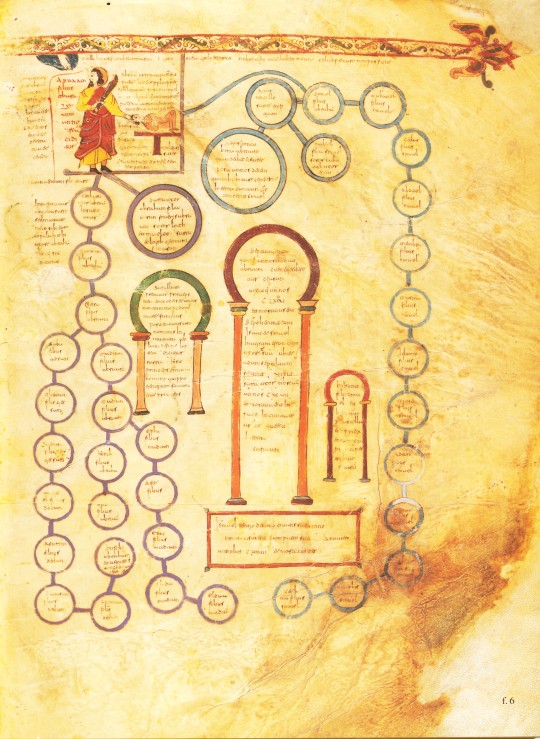


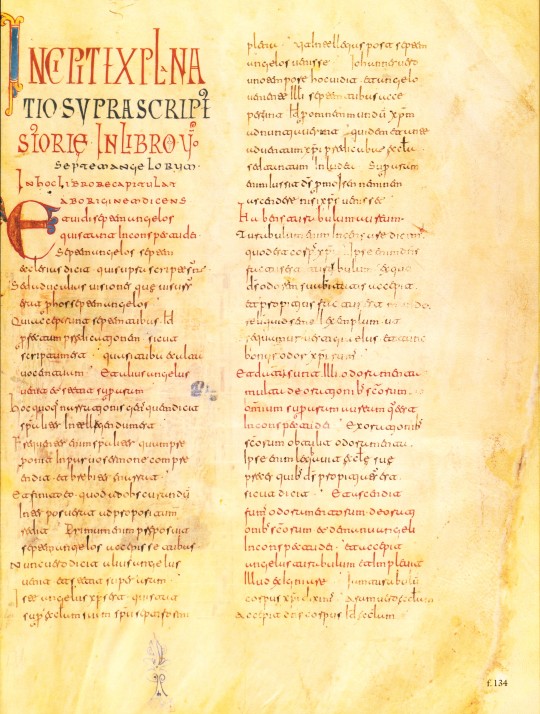
Welcome to Manuscript Monday!
In this series we will periodically focus on selections from our manuscript facsimile collection. Today we present selections from the Morgan Beatus Manuscript, reproduced as A Spanish Apocalypse, The Morgan Beatus Manuscript in New York by George Braziller, Inc. in association with the Pierpont Morgan Library in 1991. The original manuscript, made around 10th century CE at the scriptorium of San Miguel de Escalada in Spain by a monk named Maius, is the earliest surviving illuminated version of the monk Beatus of Liébana's commentary on the biblical Book of Apocalypse (also known as the Book of Revelation). The text of the Book of Revelation makes up the first part of the manuscript, and Beatus’s commentary comprises the second part. The Book of Revelation tells of the end-times in Christianity, during the final judgement of humanity by God. The story within this Biblical book was also seen by those living during the Latin medieval era as representative of the beginning of something new: God’s celestial kingdom. Due to this view of the book, many artists incorporated imagery from this part of the Bible in their work.
Produced in Al-Andalus, or Muslim-ruled Spain, the artistic style of this work combines both Muslim and Christian visual traditions to create a beautifully illuminated manuscript that supplements the commentary by the monk. This artistic style is known as the Mozarabic, which comes from the Arabic mustaʿrib, meaning ‘Arabicized’. Interestingly, this style of art can only be seen in Christian religious art and architecture from Spain at the time, as non-religious artistic objects made by Christians look so similar to Islamic versions of the same works that they cannot be identified as intentionally Christian. Some key Islamic artistic elements within the manuscript include buildings with horseshoe arches, intricate geometric and vegetal patterns as borders for larger images, and the large, bulging eyes of the illustrated animals.
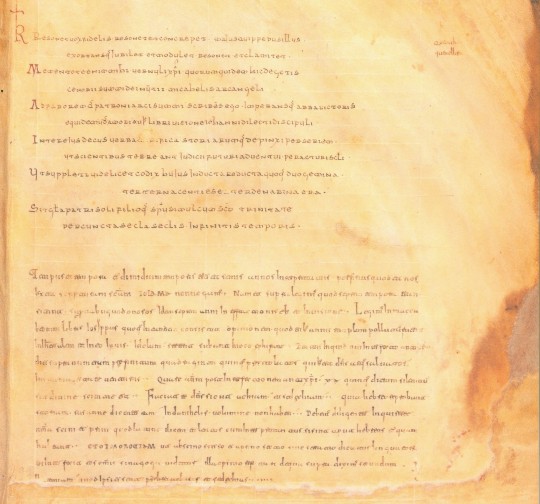
Another interesting aspect of this specific manuscript is the colophon at the end of the manuscript. It tells readers about the circumstances surrounding the creation of this book, including the maker, the patron, the year it was made, and an explanation about why Maius created the manuscript ("I write this . . . at the command of Abbot Victor, out of love for the book of the vision of John the beloved disciple. As part of its adornment I have painted a series of pictures . . . so that the wise may fear the coming of the future judgement of the world's end."). Colophons in medieval manuscripts are not usually as detailed, so the inclusion of all this information contributes greatly to the knowledge and history surrounding the Morgan Beatus Manuscript.
View more Manuscript Monday posts.
– Sarah S., Special Collections Graduate Intern
#manuscript monday#manuscripts#morgan library#morgan beatus manuscript#Beatus of Liébana#Spain#Christian art#Mozarabic#Islamic art style#facsimilies#Spanish art#Medieval art#Spanish medieval art#A Spanish Apocalypse#George Braziller#illuminated manuscripts#Sarah S.
141 notes
·
View notes
Text

Morgan Library in New York
Photo by @thedustyvalise
9 notes
·
View notes
Text

Morgan Library Mahattan by Liza Charlesworth
23 notes
·
View notes
Text
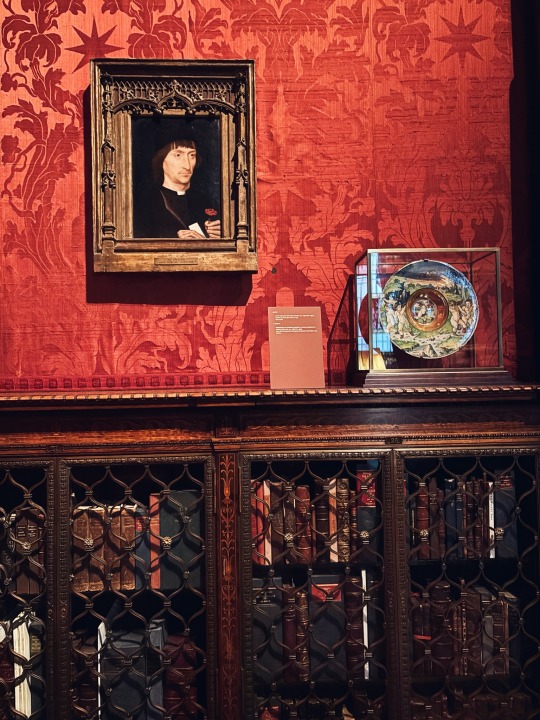
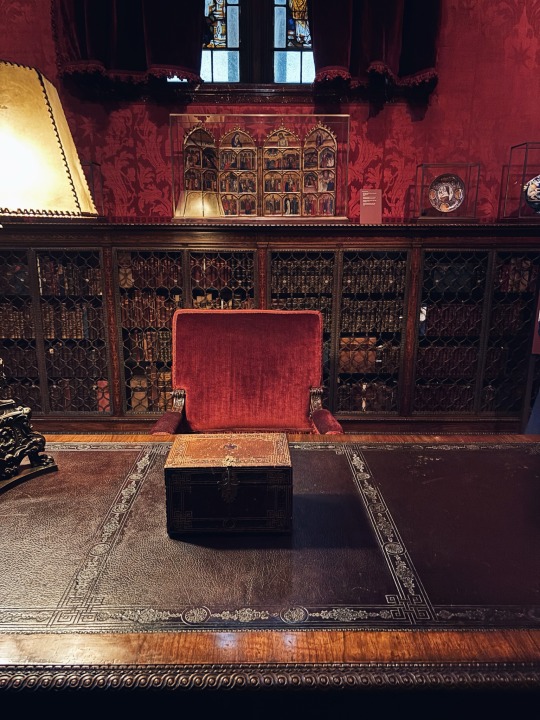
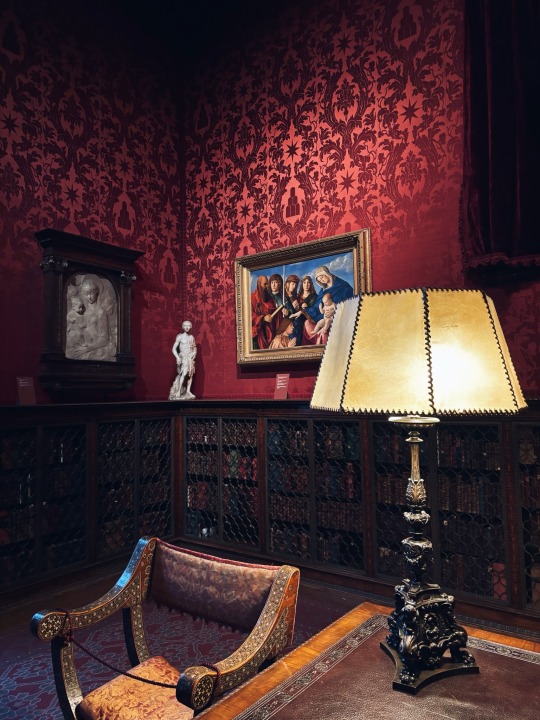
Pinning this as inspiration for my future study / The Morgan Library, New York
#studyspo#bookblr#studyblr#studygram#studysthetic#studyspiration#study mood#dark academia#dark aesthetic#dark acadamia aesthetic#antique books#old books#bookshelf#books and reading#books and libraries#photography#vsco#vscogood#vscocam#aesthetic#study movitation#deskinspiration#deskspo#desk aesthetic#dark interiors#morgan library#j p Morgan
175 notes
·
View notes
Text
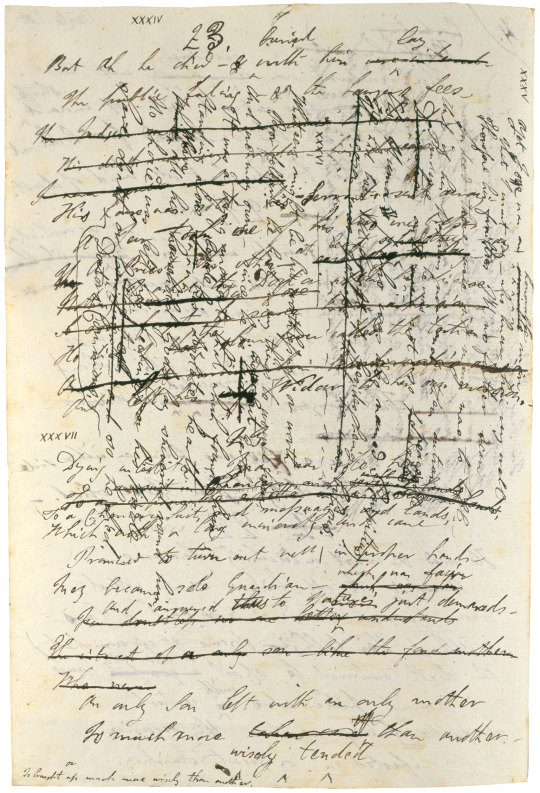
Don Juan George Gordon Byron, Baron Byron (British; 1788–1824) Autograph manuscript, unsigned First draft of Cantos I–V (Venice and Ravenna, July 3, 1818–November 30, 1819 and October 16–November 27, 1820 The Morgan Library & Museum, New York
#Lord Byron#Byron#Don Juan#Morgan Library#literary manuscripts#manuscripts#autograph manuscripts#George Gordon Byron#George Gordon Lord Byron#Baron Byron#English poetry#English poets#epics#epic poems#cantos#poets#poetry#English Romanticism#English Romantic poets#Romantic poets#satires#literature#English literature#19th century#19th-century English literature#19th-century English poets#19th-century English poetry
30 notes
·
View notes
Text
A silly snail for a slow Sunday:

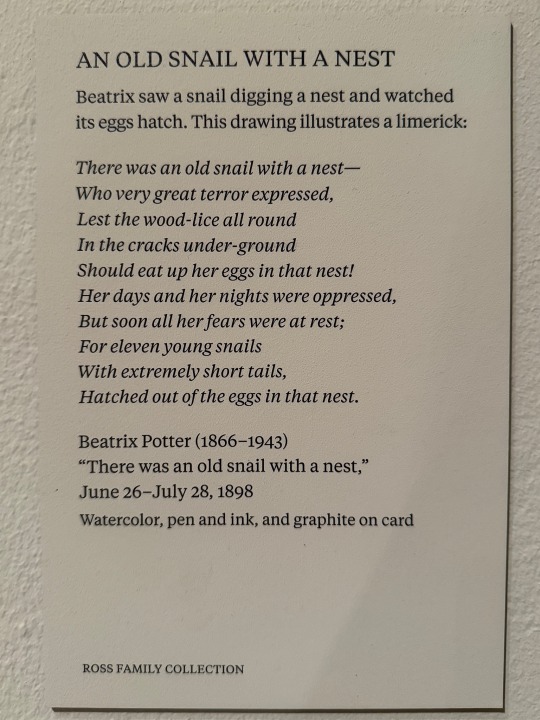
Beatrix Potter (English, 1866-1943)
"There was an old snail with a nest,"
June 26-July 28, 1898
Watercolor, pen & ink, & graphite on card
On display at The Morgan Library’s Beatrix Potter: Drawn to Nature exhibition
AN OLD SNAIL WITH A NEST
Beatrix saw a snail digging a nest and watched its eggs hatch. This drawing illustrates a limerick:
There was an old snail with a nest—
Who very great terror expressed,
Lest the wood-lice all round In the cracks under ground
Should eat up her eggs in that nest!
Her days and her nights were oppressed, But soon all her fears were at rest;
For eleven young snails
With extremely short tails,
Hatched out of the eggs in that nest.
#animals in art#european art#19th century art#illustration#watercolor#drawing#Beatrix Potter#limerick#snail#Morgan Library#museum visit#exhibition#Beatrix Potter: Drawn to Nature#women artists#women in science#women in STEM
61 notes
·
View notes
Photo

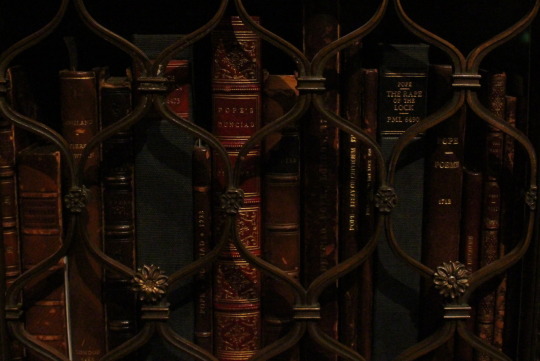
901 notes
·
View notes
Photo

morgan library
24 notes
·
View notes
Text



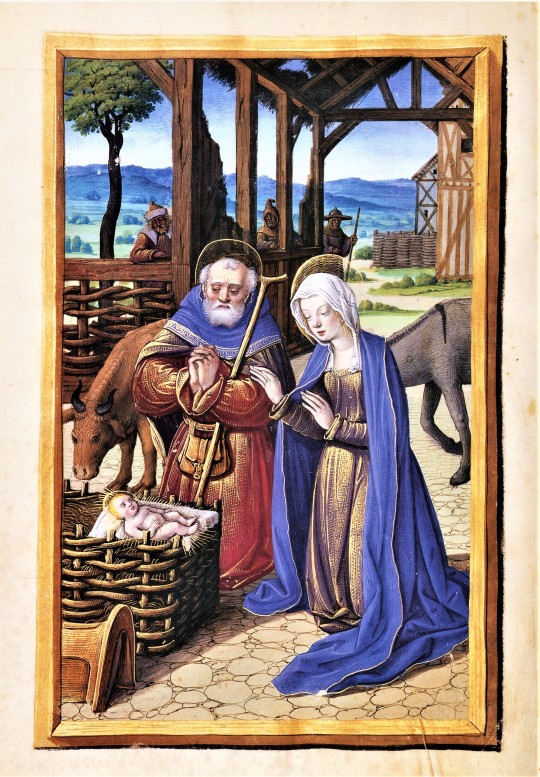

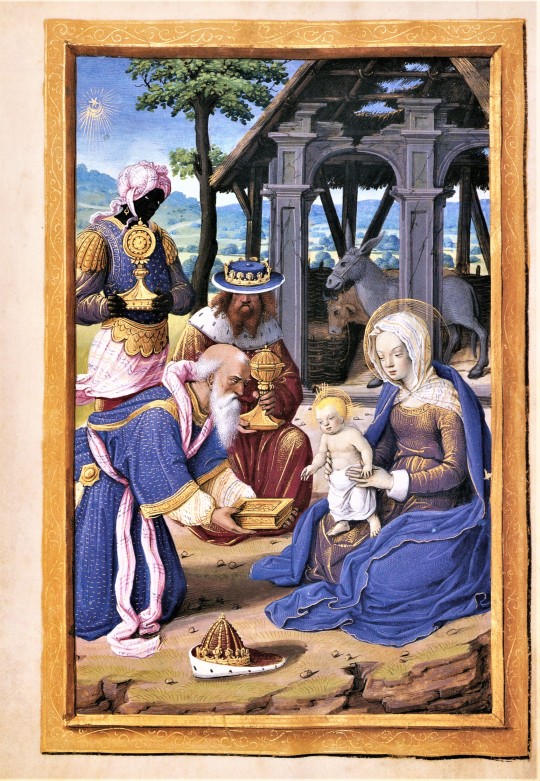
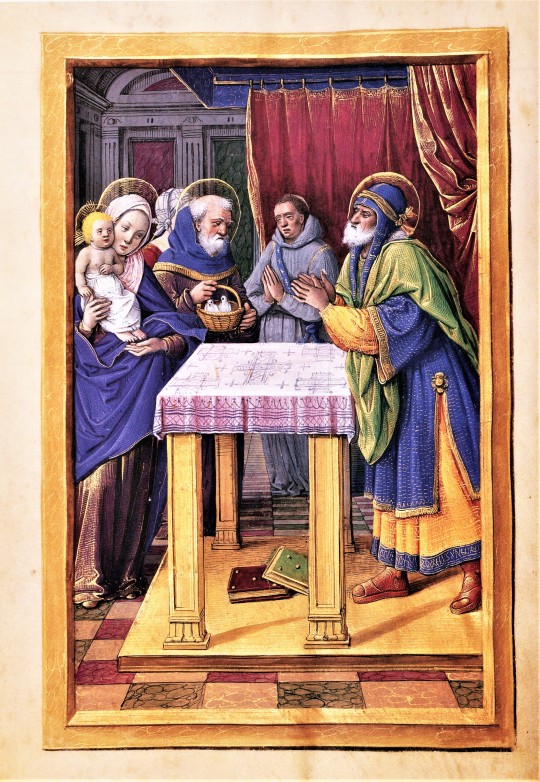
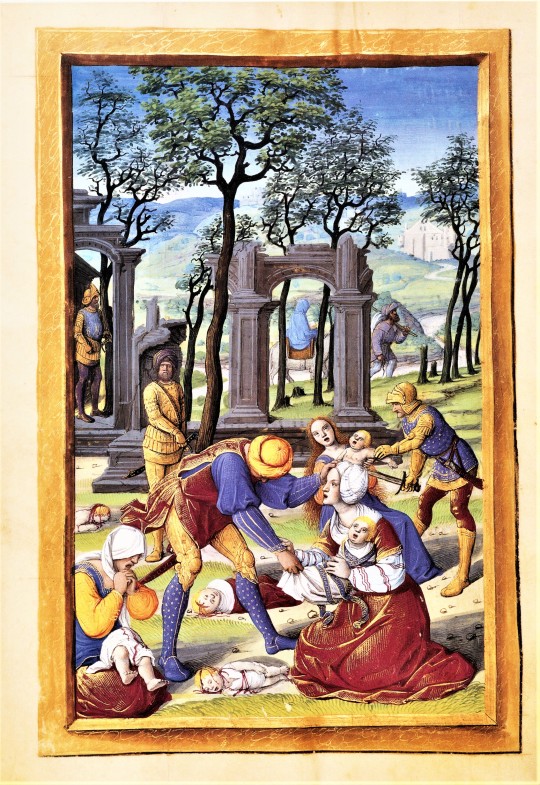
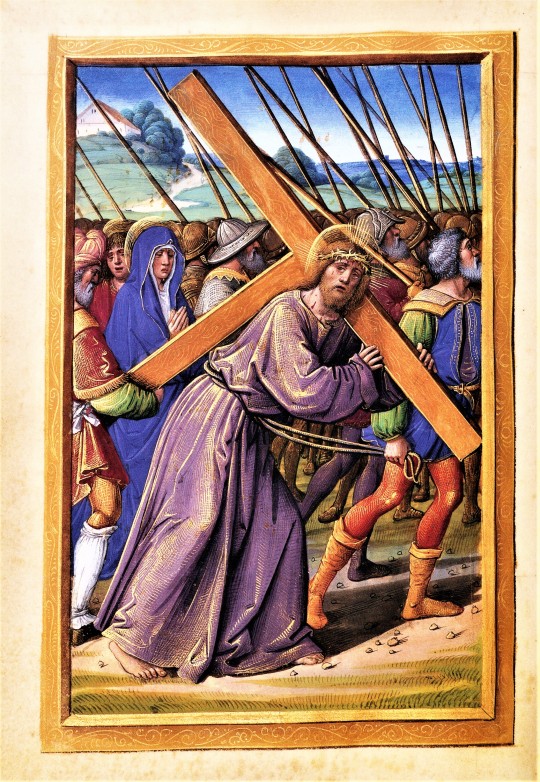
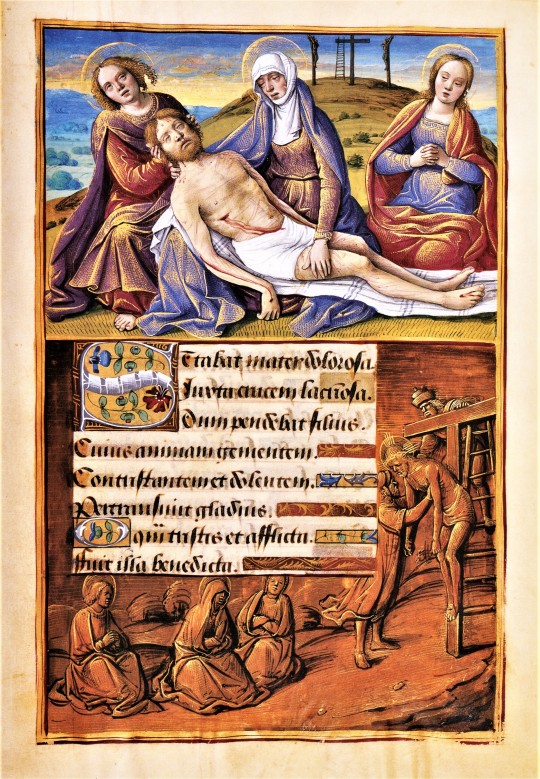
Milestone Monday
On this date, August 31 in 1535, King Henry VIII of England was excommunicated from the church by Pope Paul III. This was the culmination of a long series of conflicts and actions stemming from the king's desire to have his marriage to his first wife Catherine of Aragon annulled, which the previous Pope Clement VII opposed. This eventually led to a schism with the church in Rome and several excommunication proclamations by both Clement and Paul. Henry's confirmation as the Supreme Head of the Church of England in 1534, and then his execution of Bishop John Fisher in June of 1535, followed in July by the execution of Sir Thomas More, precipitated Paul III's excommunication order of August 31. On 17 December 1538 Pope Paul III issued a further bull renewing the execution of the August 31 bull, which had been suspended in a cautious hope Henry would repeal his behavior.
Henry was not always on the outs with Rome, and was in fact once considered a contemporary pillar of the church. In the early part of his reign, Henry was a devout and well-informed Catholic to the extent that his 1521 publication Assertio Septem Sacramentorum ("Defence of the Seven Sacraments") earned him the title of Fidei Defensor (Defender of the Faith) from Pope Leo X. One testament to his early piety might be seen in his probable ownership of this Book of Hours, known as The Hours of Henry VIII executed by the French miniature painter and manuscript illuminator Jean Poyet sometime between 1500 and 1503, and currently held by the Morgan Library in New York City. The images shown here are from "the Library's first monograph devoted to the oeuvre of a single illuminator," published by George Brazillier in 2000. Click on the Alt description of each image to view the titles.
View more Milestone Monday posts.
#Milestone Monday#milestones#Henry VIII#excommunication#Pope Paul III#The Hours of Henry VIII#Jean Poyet#Book of Hours#devotional art#illuminated manuscripts#Morgan Library#George Brazillier
34 notes
·
View notes
Text

#RabbitRabbit Wishing you and yours sunny days, restful nights & excellent health 🐇🌷🐇
Image: @themorganlibrary
Book of Hours
France, Paris, ca. 1420-1425
MS M.1004 fol. 81r
9 notes
·
View notes




